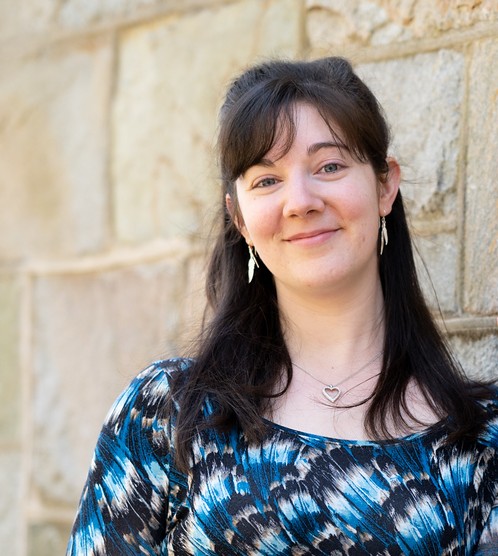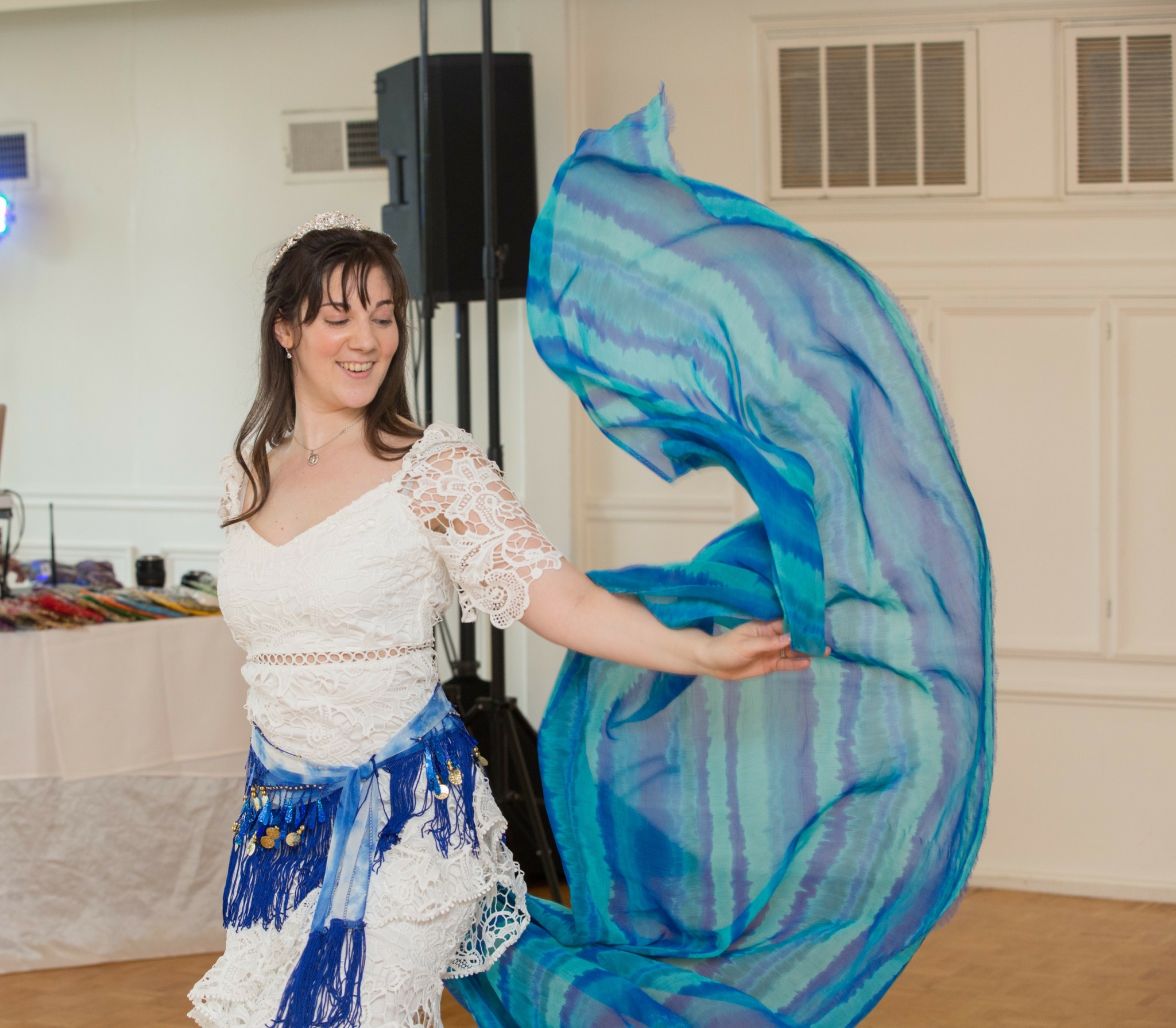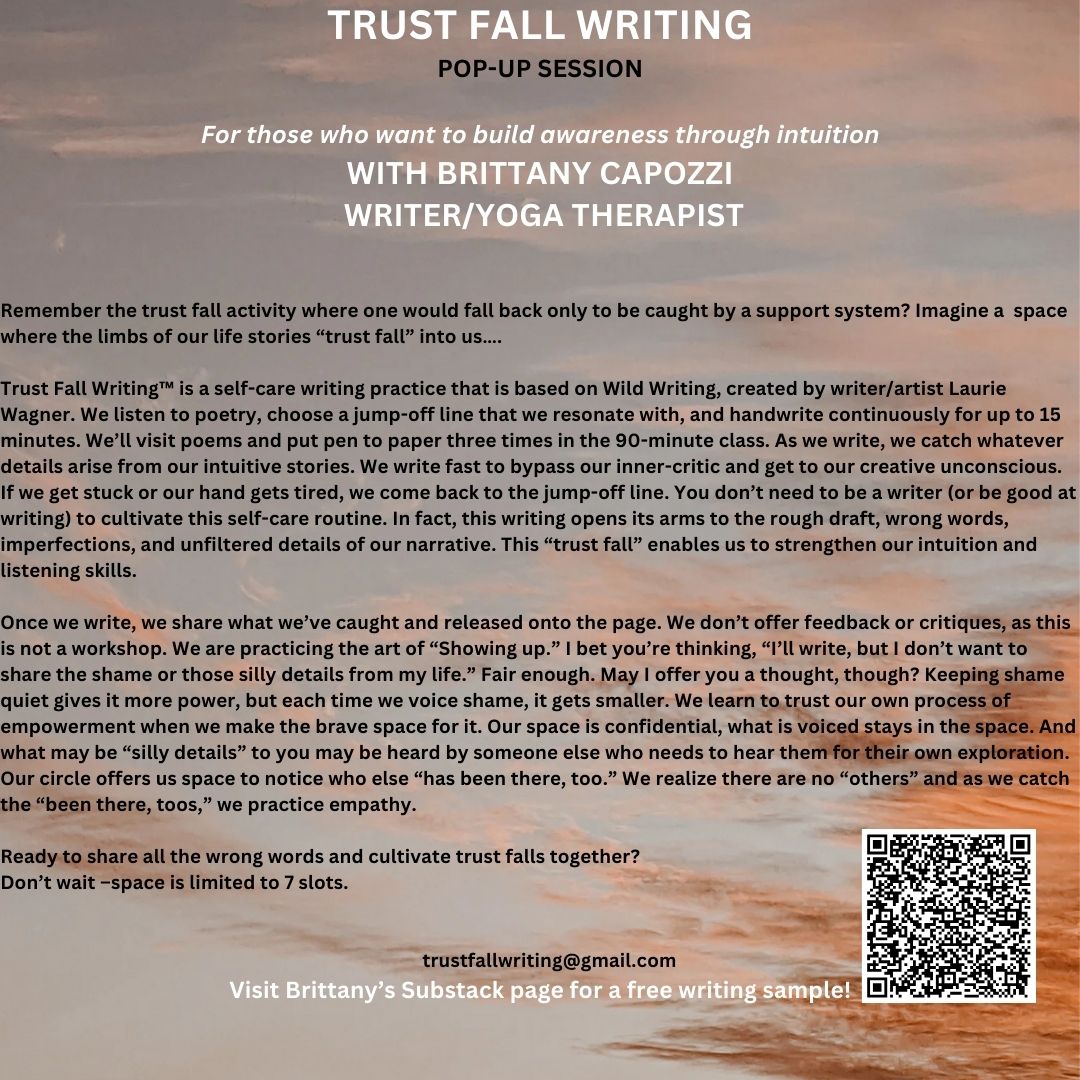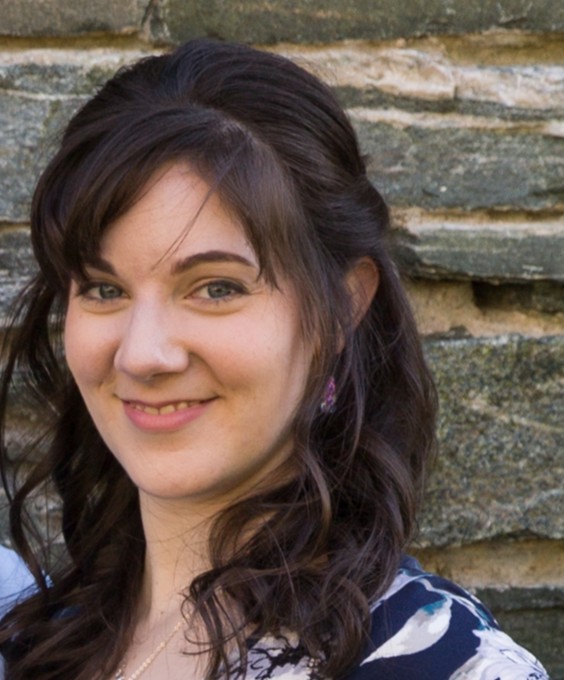We’re excited to introduce you to the always interesting and insightful Brittany Capozzi. We hope you’ll enjoy our conversation with Brittany below.
Brittany , looking forward to hearing all of your stories today. It’s always helpful to hear about times when someone’s had to take a risk – how did they think through the decision, why did they take the risk, and what ended up happening. We’d love to hear about a risk you’ve taken.
When I was in college, I majored in English, co-edited the campus literary magazine and completed an undergraduate thesis on Therapeutic Writing. I loved writing. Always have. And so, a year after graduating, I started a “Life List” of things I wanted to explore and write freelance articles about. They were mainly physical explorations such as horseback riding, ziplining, and rock climbing. I had spent so much time and wasted so much energy growing up making sure that I didn’t participate in physical activities because I didn’t want the cerebral palsy on my right side, something that came after having a neonatal stroke, to show itself: Tight right fingers, jumping at nearly everything…. I didn’t have words to explain it with. I hid the expressions of my body under layers of clothes. Anyway, one of the first things I wrote on my list was “take a series of belly dance classes.” I had tried one free lesson with my mom and best friend when I was 17 and what stuck with me five, over five years, later was how I had walked out feeling strong in ways I couldn’t quite understand until later. Sure, I had used muscles in ways I hadn’t before and that felt tiring in a great way, but I also felt excited and creative. I had always wanted to return to playing with that activity.
Even though I had done it before, and I had danced in my room every day after school for over a decade, I was afraid of the exposure that belly dance came with-not the exposure of my body being in the parts of a costume such as a hip scarf or bra top, but exposing areas in the isolated movements – watching my tense wrist maybe flex and maybe extend next to my otherwise “relaxed” reflection in the mirror for example. I was afraid of facing such subtle and small movement, or lack of movement with my, what I labeled as “stuck” and “wrong” right side. This was before I performed at any party or charity in front of crowds. This was in my private sessions with my instructor, who was a Dance Movement Therapist. The risk was finally seeing and meeting myself where I was with how trauma expressed itself in the body. What was amazing about my instructor was that she just let me practice. She didn’t use a sharp tone or count beats to keep time. Instead, she’d guide me into the steps and just let me explore movement. She let me see and feel what happened when I mixed arm movements in veil dancing or moved my hips in different directions. She nourished whatever happened, which is a quality I try my best to bring into my own therapy sessions.
What helped the fear quite a bit was dancing to music on my own that got me excited to just move. Not worrying about choreography or timing, but just letting my intuition explore different directions with my hands, ankles, shoulders…This intuitive dancing offered me baby steps (sometimes fast baby steps) toward loving what I saw and felt. I didn’t use traditional belly dance music, I belly danced to Michael Buble, Blake Shelton, Grace Potter and the Nocturnals, Aerosmith, … any genre, any artist who drew me toward “leveling” – that is, physically lifting and lowering to the ground (a belly dance term) and also leveling with myself by means of moving in honest ways, not caring how I looked as I focused on my right side. I fell in love with shimmying and pulsing my belly. Shimmying in the car, pulsing while stocking shelves at work. Slow and rhythmic movement never failed to make me feel empowered. Anywhere, anytime. Because I felt a way to be myself using the music I loved/grew up with and because I got comfortable with what I practiced, there was predictability. No, I wasn’t choreographing anything, but I used the same learning tools in different ways and through time, this, all this, gave me a sense of safety in my body. I was constantly creating dances and writing about personal connections. I sent articles out to dance magazines and this led to becoming a published writer, the main dream I had since I was nine years old. When I made the choice to face my body’s labels that I had written, I eventually forgot to use them and found all these amazing opportunities, current truths, new sensations, creativity, and self-compassion.

Brittany , love having you share your insights with us. Before we ask you more questions, maybe you can take a moment to introduce yourself to our readers who might have missed our earlier conversations?
I am a Yoga Therapist who works with those recovering from the effects of trauma through breath, movement, guided rest, and writing. These tools help re-balance the nervous system, improve physical and mental well-being, and rebuild self-trust so people can move forward with strength and resilience. I found out that this was a real career as I was going through my 200 and 300- hour yoga teacher training about a decade ago. My main instructors were yoga therapists themselves, and one was a licensed mental health counselor who gave us so much information about being trauma-responsive with practitioners and I wanted to keep learning about helping people who had encountered trauma, specifically women and abuse. So, I kept teaching with a focus on trauma-informed language where I offered choices and options in classes. I’d let the class know how long we would be in a shape for or how long we’d be exploring a breath technique so they had predictability and knew I was there with them, keeping an eye on the happenings. And as I mentioned earlier, predictability can really help cultivate a sense of safety in the body. And after several years of teaching this way to women, veterans, first responders, students with learning differences, and people with mental health disorders, I took the next step and became a Certified Yoga Therapist.
Now, in describing this, I anticipate many readers thinking “I’ll just take a yoga class, same thing.” There’s a difference. I will say take yoga classes- they can certainly be therapeutic! Yoga’s been around for thousands of years, so it has stood the test of time for a reason. I have taken classes while simultaneously being a client in yoga therapy. In yoga therapy, the focus is tailored to one’s health situation, needs, and goals whereas a class – whether private or group – is not tailored to someone’s entire being of who they are and how the yoga tools can support them in a given context with a goal. There’s another skillset under yoga therapy. A class is one layer where most folks tend to use it to accomplish exercise or feel a “good “stretch and therapy lets the client explore what happens when moving something pure, something subtle. We cultivate curiosity and connections between the way we are experiencing a felt-sense of something and perceiving a pattern. And yes, we may want to feel better from pain or trauma, and we are also being with the truths in our body, just as I was with my truth when starting to dance. If I were dancing just for the sake of exercising and feeling better- which is not bad or wrong at all – I would’ve missed a lot of connections and story patterns that showed themselves in my body. I chose to explore beyond the layer of dance classes just as yoga therapy is exploring beyond the layer of yoga classes.
We hear so much about having “narratives” in our bodies and that they’re “false narratives” but there are nonfiction narratives out in the world- think of memoirs, so we need to acknowledge our true stories that express themselves. Facts in our bodies that show up such as residual effects of trauma, as I mentioned before. It’s hard, it challenges us to be with “what is” as we heal. And this is what we explore in yoga therapy. We are not performing or perfecting or finding only “good stretching” because that limits our learning, our beliefs. It can minimize our beliefs if we come in open-minded and then chase after “doing something right” and “looking a right way.” This is where moving beyond the first level of yoga classes is not for everyone. The truth is, most people do not want to be challenged and see other levels. It’s easier and more comfortable not to. But choosing to stay ruminating over trauma can do more damage over time: it can lead to anxiety and depression, hindering career goals, and isolating oneself from supportive relationships. We need to give ourselves permission to foster choices. I have this acronym for choices: “Control, Honest movement, Opportunities, Internal sensations, Creativity, External sensations, and Self compassion.” We can foster C.H.O.I.C.E.S. to feel empowered and safe.
Not all self-care tools are one-size fits all as you may hear in yoga class. For example, inviting people to extend their spine and “open their chest” does not automatically open someone’s chest and allow them to breathe better. It may. But we have no idea what the person is feeling or experiencing. It’s all contextual: one’s tissue could be constricting their breath, tension or pain somewhere else in the body can be impacting their breath (so the breath may not actually the problem!), stress or worrying about “looking” or doing it “Right” can impact their breath.
A therapist may explore spine extension and breath for an intention related to the client’s goal and then assess and evaluate what’s happening. As we work toward healing, we are open to being curious about what breath “A” or movement B does. There are no expectations or quick fixes. We are cultivating long-term mental patterns, new neuropathways as we build awareness. Ruminating lessens. I meet the person in the present moment and choose what tools can support the situation and goal(s) best.
What sets me apart from others is actually what I’m most proud of: I bring creativity to my brand. For instance, I have my own self-care writing practice, Trust Fall Writing, that can be explored if appropriate for a client. I also use belly dance tools to bring awareness to that “felt-sense” we’re trying to cultivate in and outside of our bodies. The creative tools motivate me to continue writing and researching even more teaching tools. All of this comes full circle and benefits my clients.

Other than training/knowledge, what do you think is most helpful for succeeding in your field?
As I was in my training program and working with so many case studies, I really started to see and feel how having my own self-care routine impacted the way I showed up for clients. And when I say “show up” I mean how present I was. Or how present I was not if I had not taken care of myself. For me, taking care consists of: finding the ways I need to rest and recharge; digesting what supports me best for the energy and clarity needed (this can be physically or mentally digesting); and including different ways of moving each day. If a person who is in a professional healing relationship does not put the effort into a constant self-healing relationship, then the professional limits the ways in which support can be offered. As a result, that can take away a sense of safety that’s viable for growth- whether that’s mental, physical, spiritual, or emotional growth.

How about pivoting – can you share the story of a time you’ve had to pivot?
So, a pivot in life that comes to mind was probably one of the best pivots because it led me to supporting people beyond the first layer of teaching yoga but before training as a yoga therapist. In March of 2020, I was laid off from a full-time administrative role. I immediately saw the transition as an opportunity to dive into wellness in a different way other than yoga, which I had been doing for a handful of years. For the next several months, I studied for the PHR exam and got certified as a Professional in Human Resources. This offered me more wellness tools for when I returned to an office job as well as for when I taught yoga in person again. I started working remotely for the non-profit mental health organization, Step Up For Mental Health. There, I was given the opportunity to be creative in so many ways: peer support facilitator, wellness writer, and HR Generalist. It kept me focused on “human relationships” – the other HR. After gaining all this invaluable experience, I decided to get certified in Laughter Yoga, Wild Writing (which was what inspired Trust Fall Writing), and additional training in Trauma-Informed yoga teaching. All of these inform the way I work with clients. Had I not pivoted during the pandemic, I would not know the incredible and unique tools I have.
Contact Info:
- Website: https://substack.com/@brittanycapozzi
- Linkedin: https://www.linkedin.com/in/brittany-capozzi-808236131
- Youtube: https://www.youtube.com/@understoryyogatherapy


Image Credits
Kristie Dean.
Shannon Matos.


